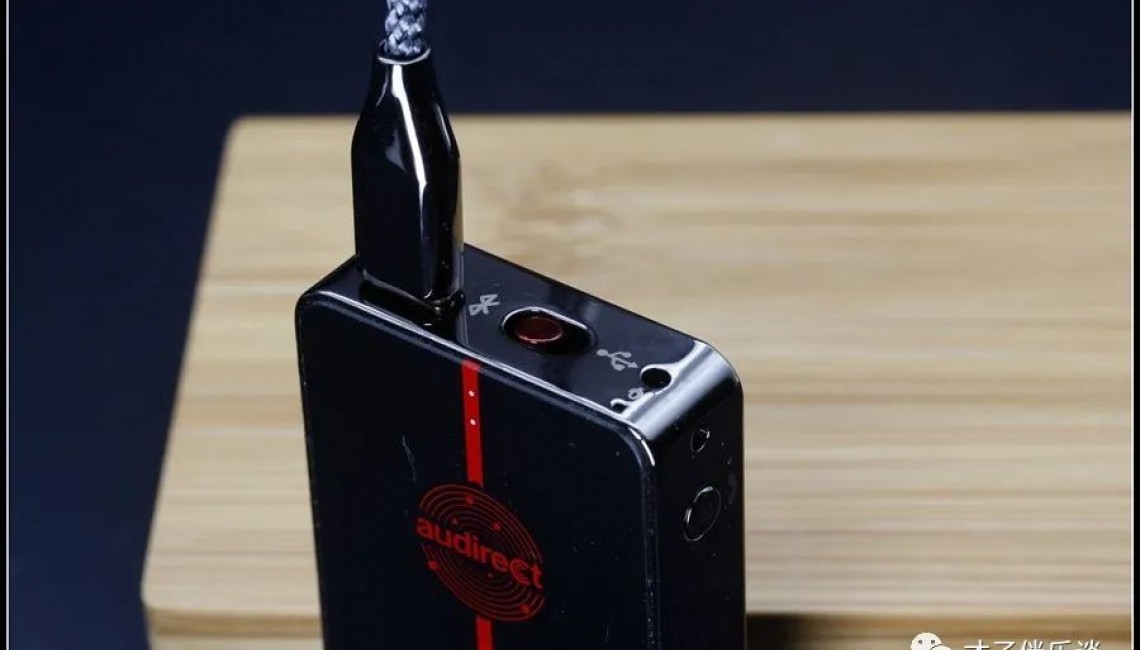
As we all know, digital circuits can achieve high levels of integration, but it is difficult to miniaturize analog circuits. Looking at it from a different perspective, when it comes to analog amplification, which is the earphone amplification circuit, the B3+ has actually put a lot of thought into it. Compared to its sibling, the A2, whether it's for greater output power or as a Bluetooth integrated device, the improvements brought by the B3+ compared to the A2 can be almost analogized to the improvements brought by the A2 compared to a mobile phone. A/B comparisons in the world of HiFi are always a harsh reality. The sound of the B3+ is more complete and grand compared to the A2. When I listen to it with the Letshuoer EJ09 or the HarmonicDyne PD1 IEM that I shared recently, the B3+ can already create a good soundstage in terms of width and height (although the depth is still lacking, and depth is not something that products at this level must excel at). Whether it's Netease Cloud Music or ROON+TIDAL, you can hear fuller instrument imaging and more details. To put it another way, the density has increased, the pixels have become tighter, allowing the listener's ears to "see" more clearly. Its sound overall tends to be rich in the midrange (this description of B3+ sound is based on Bluetooth + high gain mode). As mentioned earlier, when using a smartphone or PC as a source without optimization, the direct digital signal often produces a cold and thin digital sound. The B3+ aims to take that as a foundation and pull the sound towards a more sunny, lively direction. We can even find a bit of American tuning in it, emphasizing dynamics, full-bodied vocals, and instrument imaging with a slightly larger emphasis on texture. This makes it very suitable for playing blues and jazz vocal music. Netease Cloud Music has a dedicated jazz radio station that pairs very well with the B3+. You can give it a try. It's worth noting that in Bluetooth mode, the B3+ has two levels of volume adjustment: one is the volume of your smartphone, and the other is the adjustment on the device itself. Personally, I prefer to have the smartphone volume slightly higher and the device volume slightly lower. Earlier, I mentioned the A/B comparison, and I didn't have a device like the B3+ that integrates a tail amplifier and Bluetooth. So I compared it with the similar-priced Lypertek W1 and found that the two have different sound signatures. The Lypertek W1 sounds more crisp, bright, emphasizing clarity and having a slightly warm-neutral tone. On the other hand, the B3+ is warmer and fuller, emphasizing dynamics, density, and rhythm. The overall level of detail is similar between the two. To summarize it using an audio magazine from the 90s, one is more of an American sound, and the other is more of a British sound. If paired with the PD1, the W1 is more suitable, while the B3+ performs better with the EJ09.

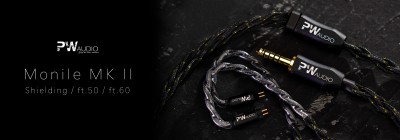
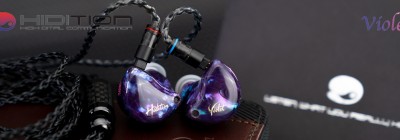
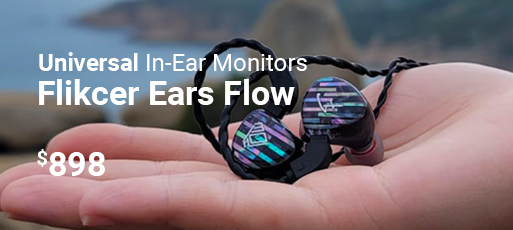
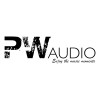
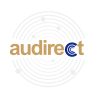
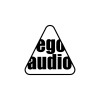
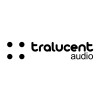

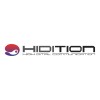
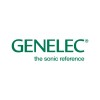
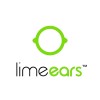
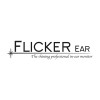
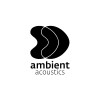

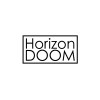
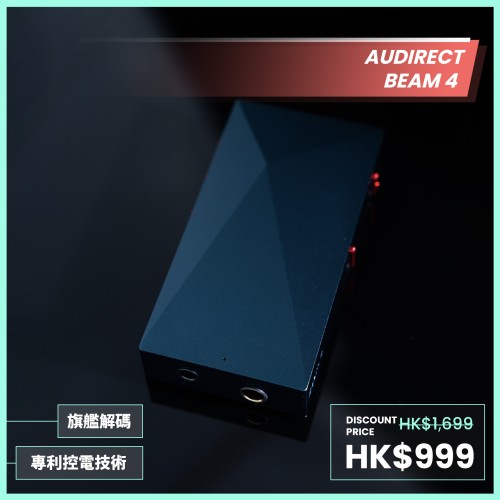
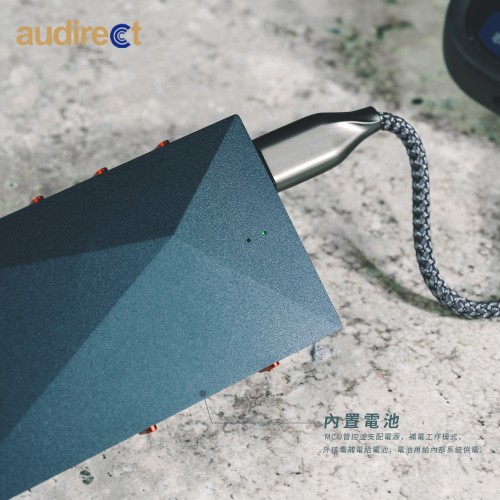

-500x500w.jpeg)
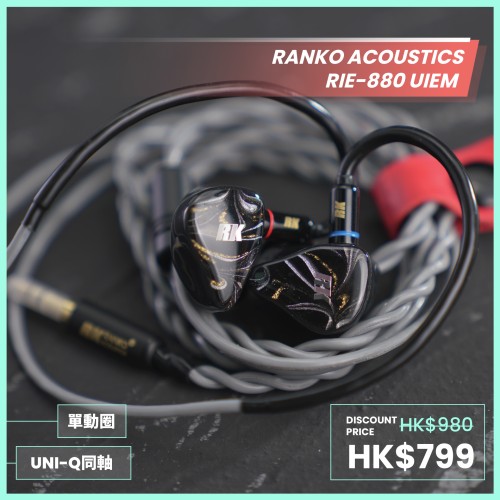

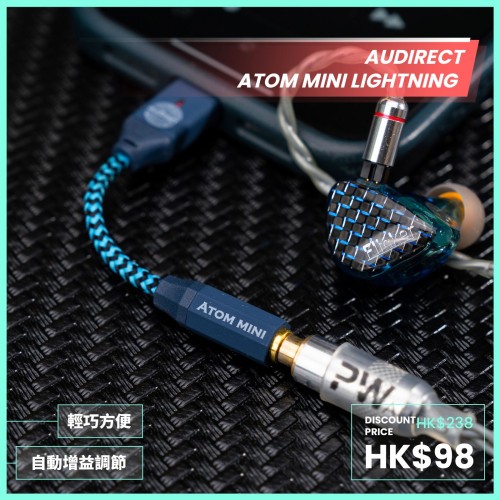
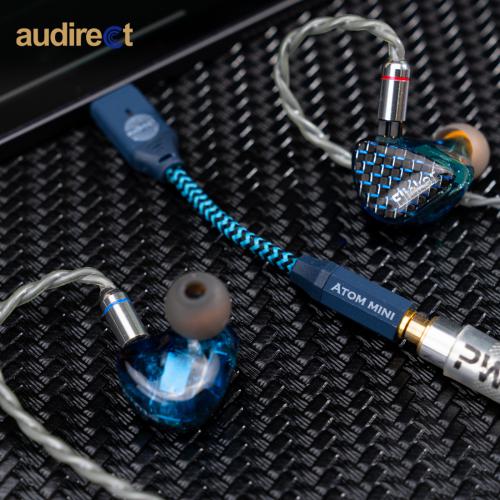
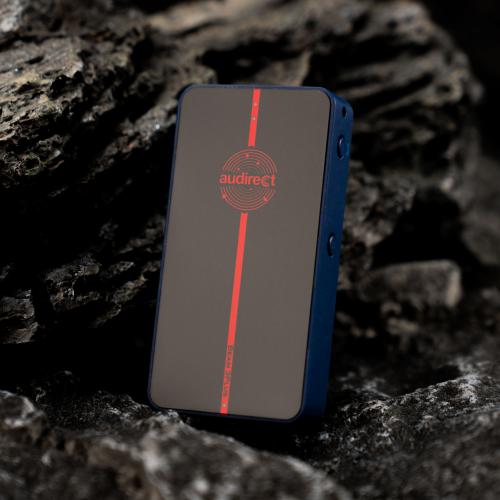
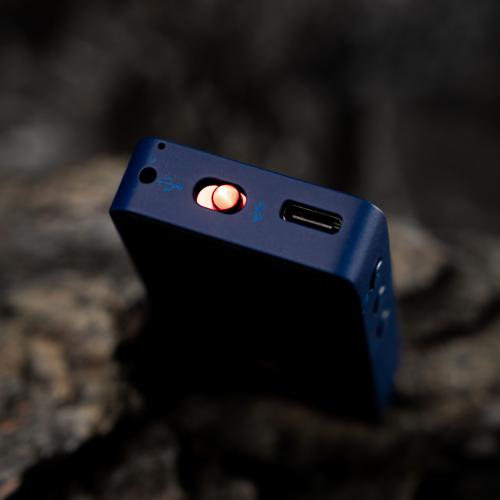
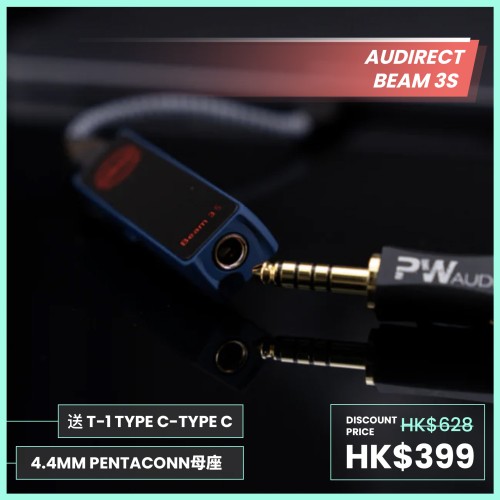
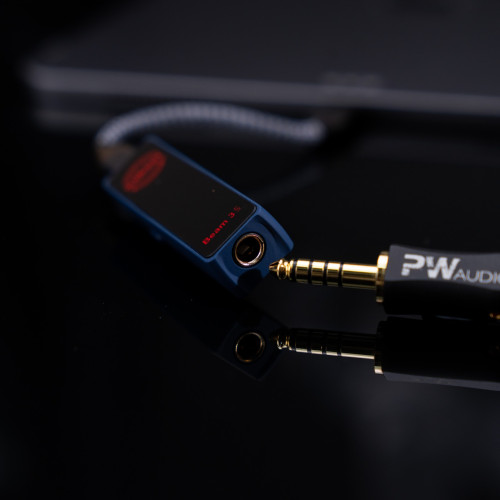
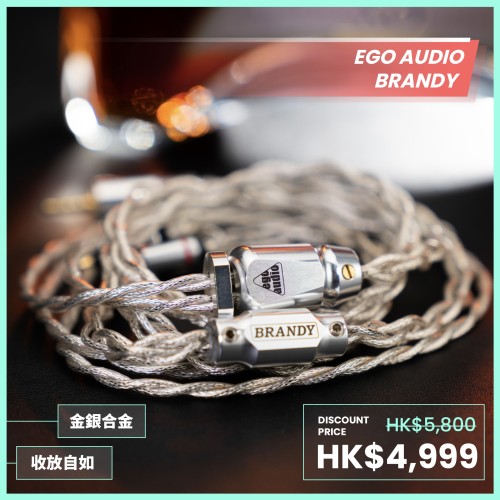

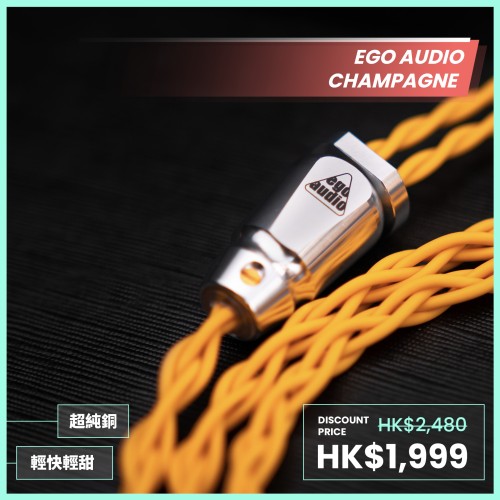

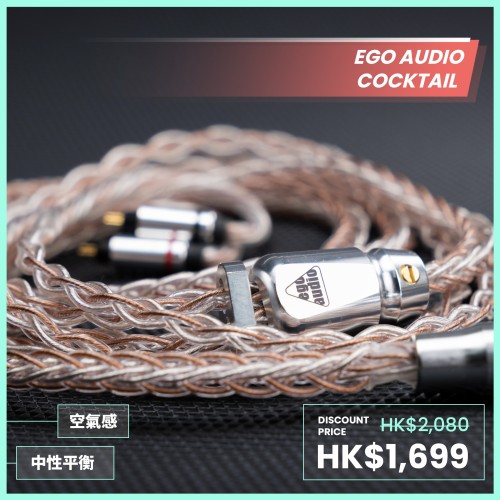

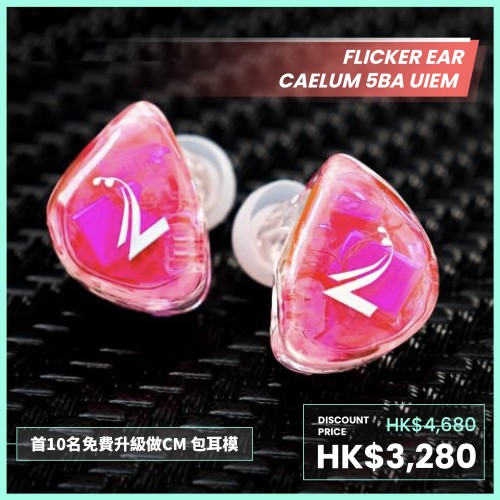

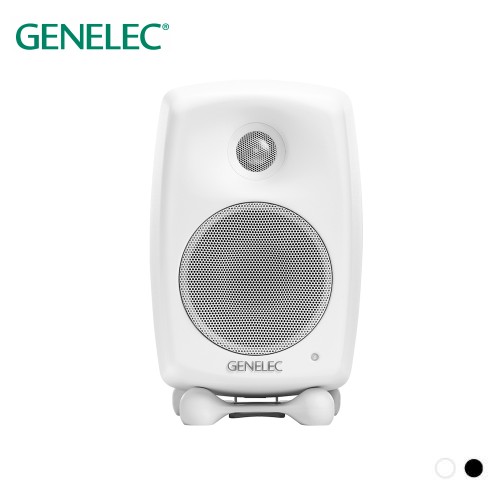
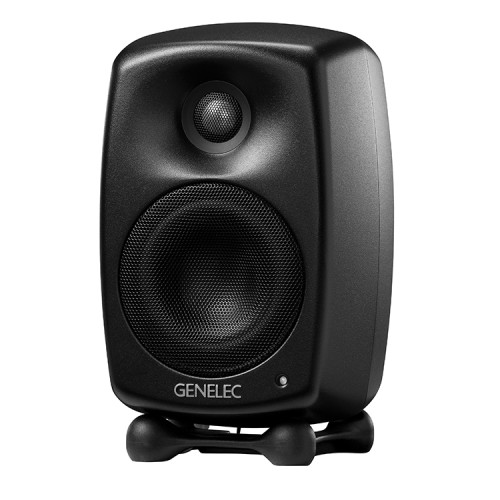
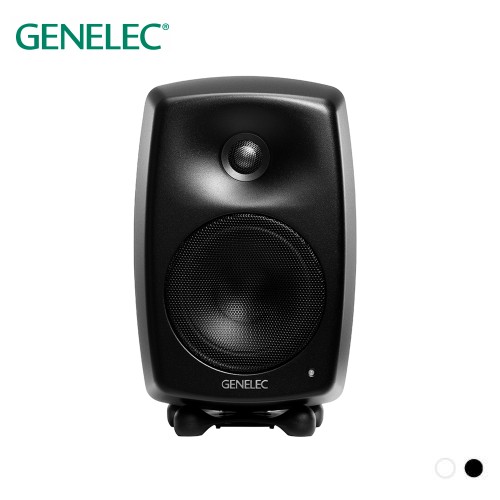
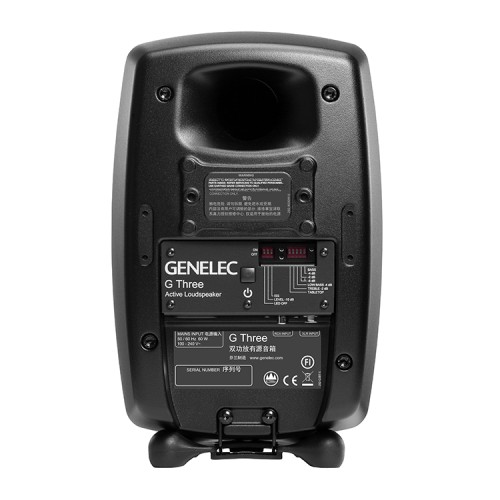
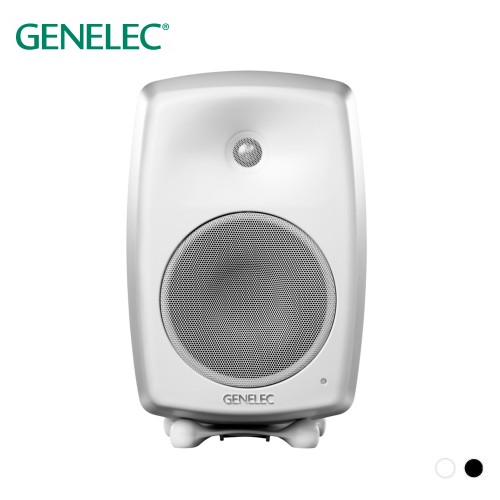
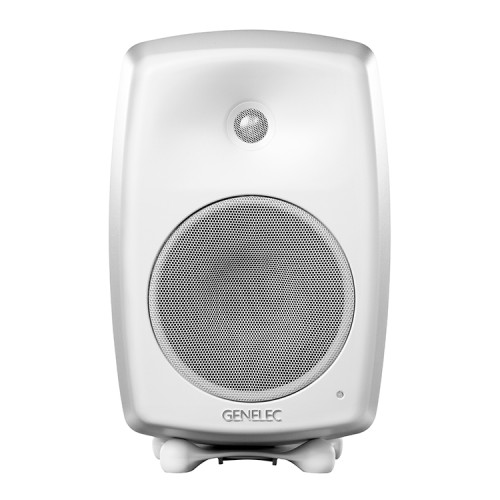
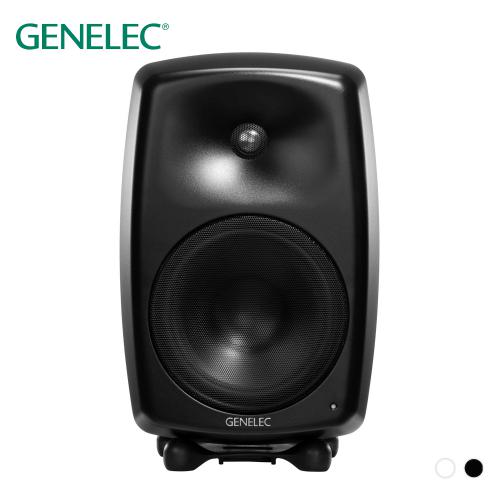
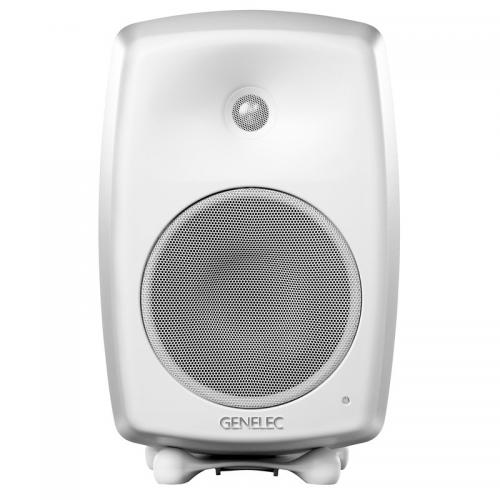
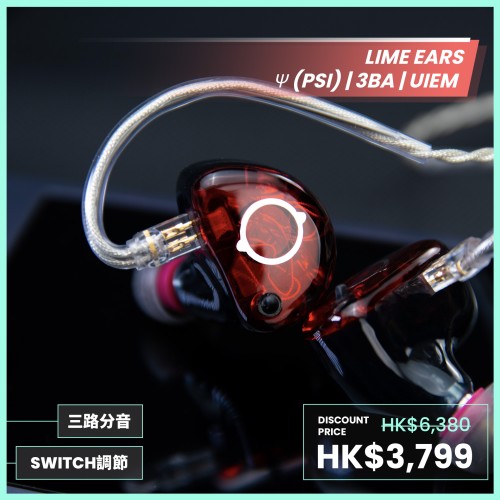
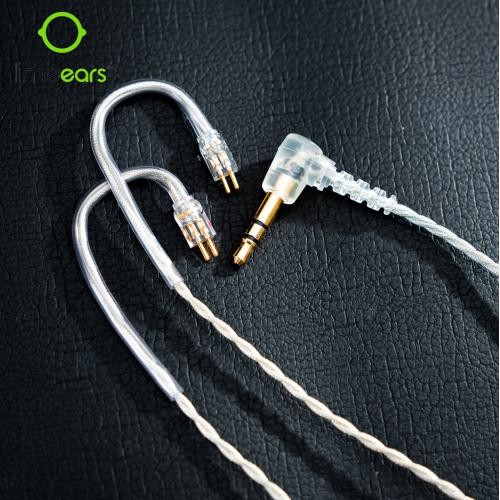

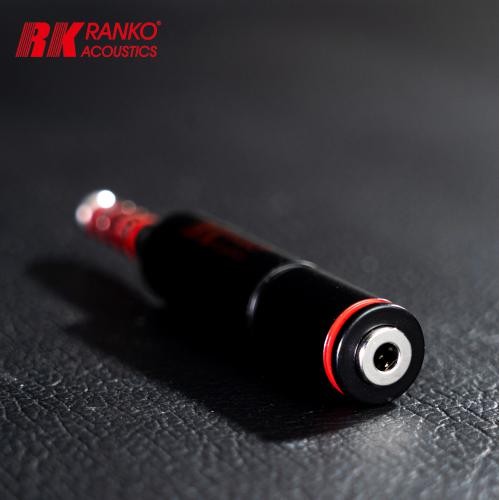
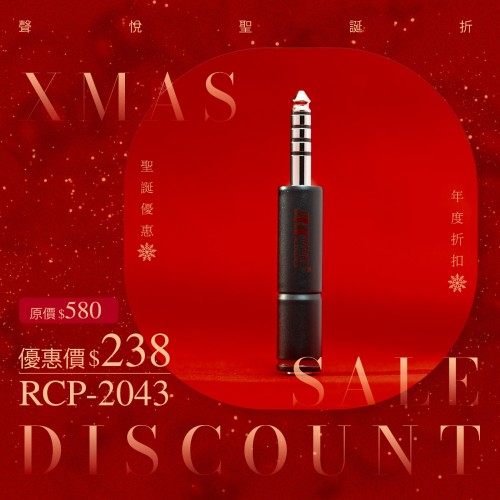
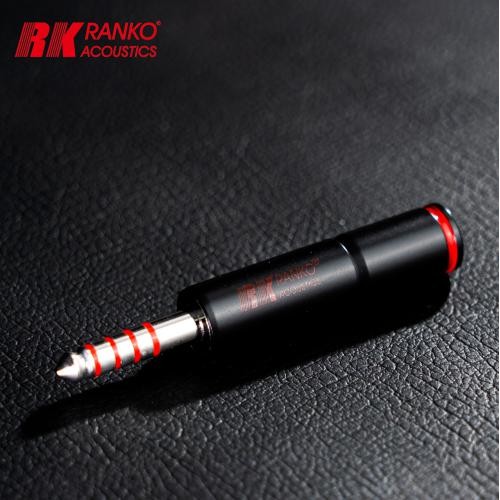

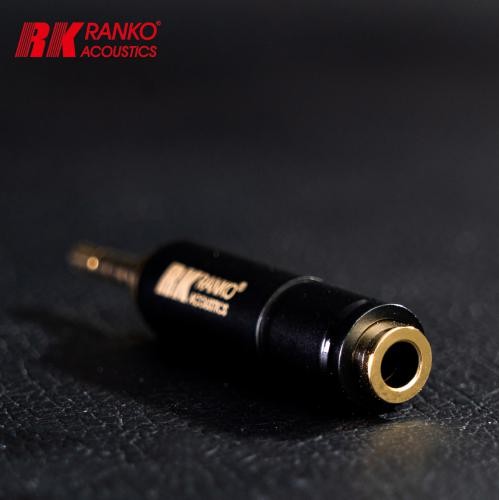
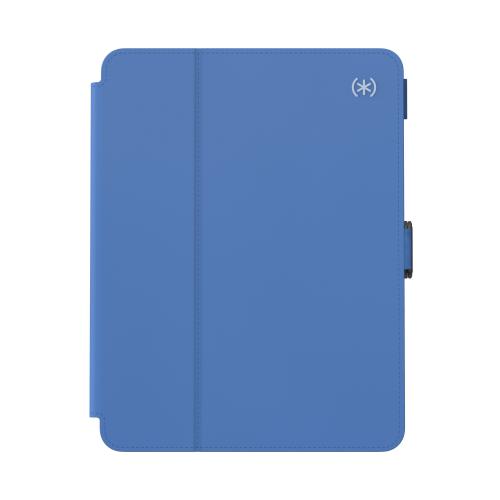
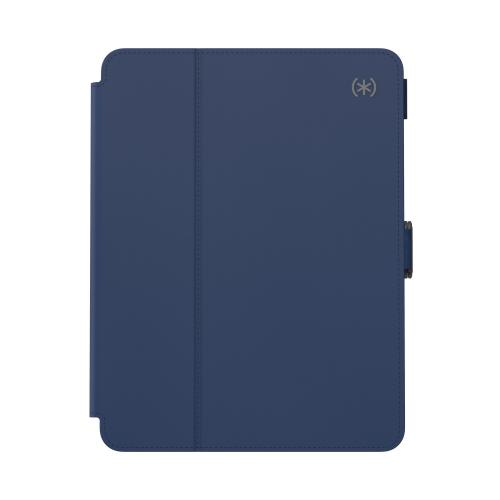
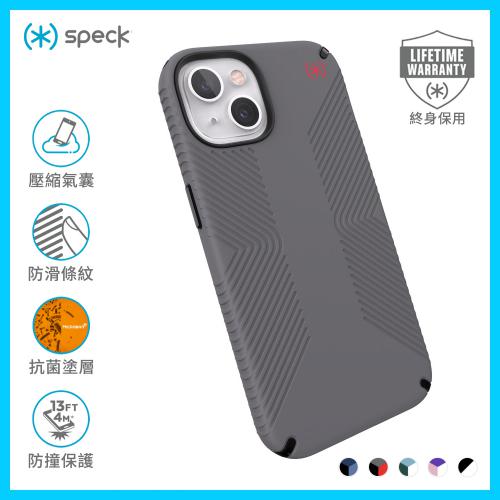
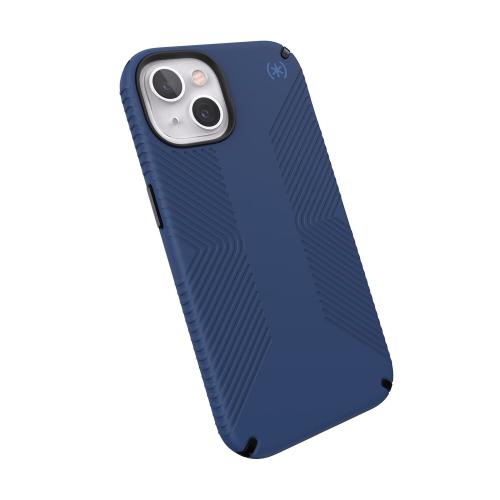
Leave a Comment